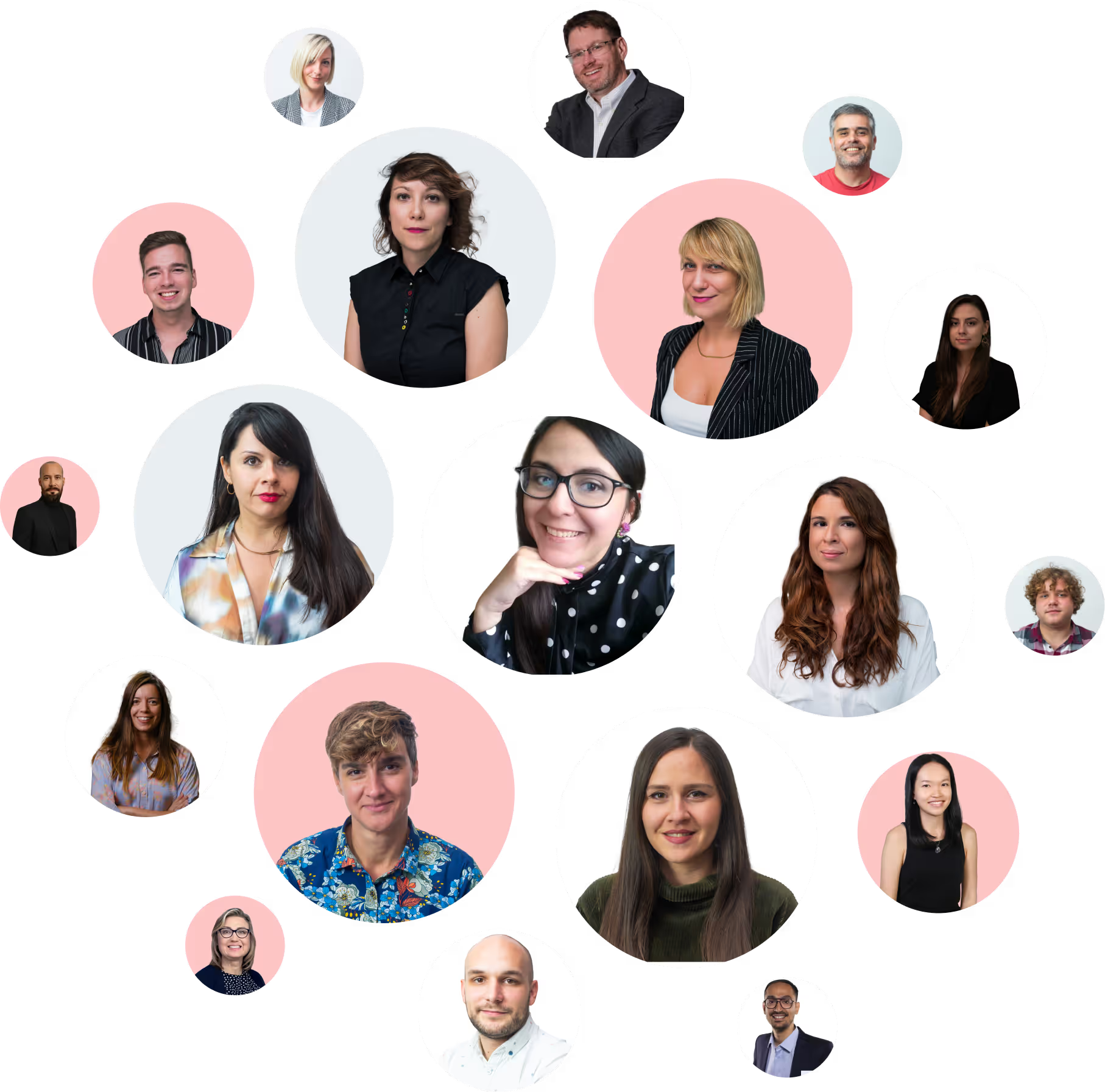.avif)
Raising a start-up: How tech drives MR transformation when you do it right
In an industry with set-in-stone practices and a tried-and-true approach to research in its 120 years old history, how does a market research company step out of bounds while remaining competitive?
We sat down with Dobrinka Vincetijevic, our Shopper Insights Director, for a chat on what flared EyeSee's start, how our approach to tech reshaped our approach to tech, and ways even the most demanding clients push you forward.
Take it one tech at a time
EyeSee began as a start-up - not the kind that starts in a garage but in a colleague's mom's living room! And in those early stages of the company, there was only one guy who covered everything regarding research and data analysis and just one salesperson from Belgium. Fast forward, after many milestones later, there are now 7 offices around the globe from Mexico, Singapore, And New York to Paris, London, Belgrade and Gent!
From the very start, the vision was always to make behavioral research accessible to any company. Traditionally, this type of research implied neuromarketing studies that were - and still are - quite expensive, hard to conduct and take quite a long time to do both in terms of collecting data and analyzing it. Determined to overcome this challenge, EyeSee's idea was to make the behavioral research approach global, fast and accessible.

And so, we developed an Eye Tracking app that enabled research studies just via webcam and gave us more valuable and reliable behavioral data that we wouldn't be able to get had we just surveyed the respondents. And then came more tech-enabled and advanced behavioral methods like Facial Coding, RTM and Virtual Shopping that only further powered our drive to uncover more predictable insights at every consumer touchpoint.
The client is always right (and you can learn a lot from them)
Clients have always been our number one catalyst when it came to innovating and perfecting our tech. For example, when it came to virtual shopping, with every client, study and research question that came along, we perfected and tweaked our virtual testing environments to look as closely as they could to the real thing.
From developing interactive 3D packs on virtual shelves, implementing limited budgets for responders to emulate a real shopping trip to even adding ambient music to the virtual stores, each client slowly helped us build realistic shopping environments with distinct consumer features and touchpoints.

Growing pains are a transformation in the making
A huge part of growing is allowing room for experimentation, and our team went through quite the internal transformation and restructure – and while there are still different departments, we saw value in introducing more multidisciplinary teams, the so-called Pods. The idea was to have a team fully dedicated to one client – with all its expertise, knowledge and capacity.That can also be a multiclient team that would focus only on social media, for example. We started to 're-pack' ourselves internally in a way that would allow us to be faster and more agile.

AI is so much more than a buzzword and its versatility never ceases to amaze. Since we are always looking into integrating AI and other tools in smart ways, we are used to operating in in a 'Beta' version – there is always something new that is being launched or that needs to be optimized and you think, 'this is it!' but then clients or other things challenge you and then you go back and try to change it. So that platitude that 'the change is the only constant' is very much alive and well in EyeSee!
Want to read more about how EyeSee grew? These are the 10 formative milestones that have defined our path to impactful behavioral insights!










